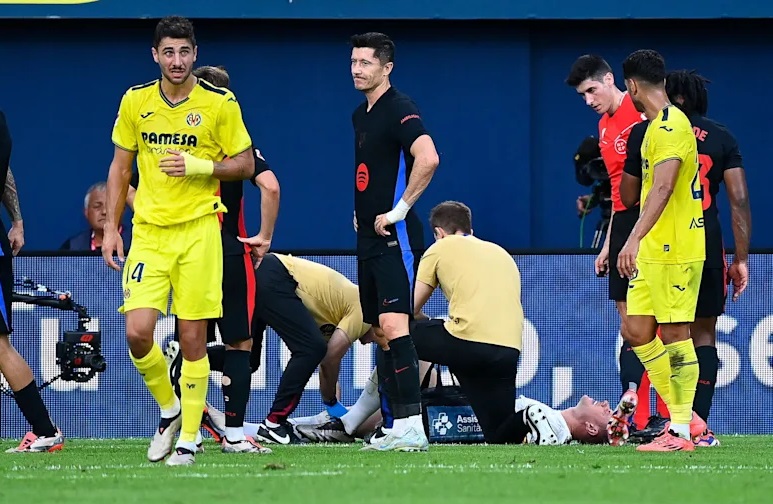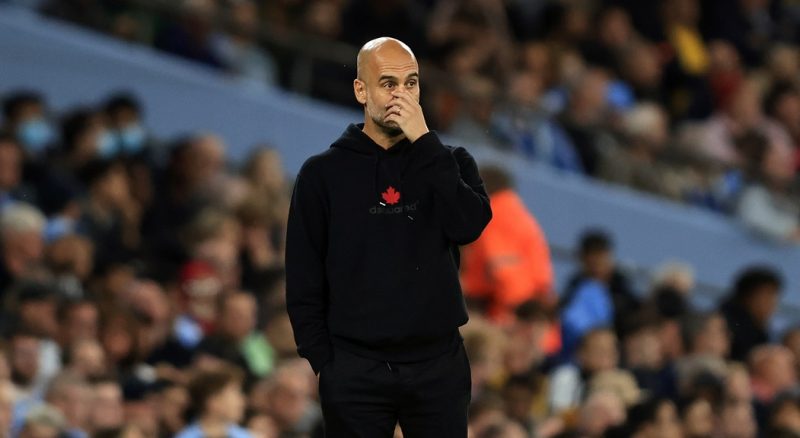September 29, (THEWILL) – The issue of fixture congestion in football has reached a critical point, with players, managers and organisations grappling with its consequences. The expansion of domestic and international competitions, driven by commercial interests and broadcast deals, is pushing players to their physical and mental limits, leading to unprecedented calls for player strikes and demands for reform in the football calendar.
At the heart of this problem is the continuous expansion of competitions. UEFA’s revamp of European tournaments, particularly the UEFA Champions League format change which has started in the 2024/2025 season, will only add more group-stage matches to an already packed calendar. While these changes are marketed as beneficial for fans and clubs in terms of revenue and exposure, they place extraordinary demands on players.
Players have begun to voice their frustration with the relentless schedule. Manchester City midfielder Rodri suggested that players are approaching the point of striking, if no action is taken to reduce the number of games.
He highlighted the physical toll on athletes, explaining that even top professionals can only perform at their peak for 40 to 50 matches in a season. With current schedules stretching to 70 or 80 games, the quality of performances inevitably drops, raising concerns about player well-being and the quality of football delivered to fans.
Rodri’s concerns were tragically validated when he sustained a serious injury shortly after expressing these views. This incident, along with injuries to other high-profile players like Barcelona’s Marc-André ter Stegen and Arsenal’s Martin Ødegaard, underscores the real-world consequences of the congested calendar. Manchester City, for instance, could potentially play up to 75 matches this season if they reach the finals of all competitions, which is not farfetched, excluding international duties. This figure could rise to 85 games for some players when national team commitments are included.
The global football players’ union, FIFPRO, has been particularly vocal about this issue. The union’s president, David Terrier, described the situation as “crazy,” emphasising that it is not just about physical fatigue but also mental health. The constant pressure to perform without adequate rest between seasons is leading to burnout, injuries and reduced career longevity for players.
The increasing frequency of injuries among top players is one of the most evident indicators of this crisis. Clubs are increasingly resorting to “load management” strategies, such as Chelsea leaving out key players from squads for European games to preserve them for other competitions. Injuries not only affect individual players but also diminish the quality of competition as teams often field weakened squads.
From a managerial perspective, figures like Pep Guardiola and Jurgen Klopp have repeatedly criticised the congested fixture list. Klopp has previously highlighted the imbalance between the commercial demands of the game and the needs of players, calling for reforms that prioritise players’ health, including longer rest periods between seasons and fewer international breaks. Even La Liga president, Javier Tebas, stated that it “wouldn’t surprise” him if players went on strike because of the fixture congestion.
The situation at Tottenham Hotspur further illustrates the challenges posed by fixture congestion. Manager Ange Postecoglou addressed the effect of fixture congestion on his squad, just a few weeks into the 2024/2025 campaign.
The Australian coach found himself grappling with a mounting injury list and the need to rotate players frequently, impacting the team’s performance and consistency. This scenario at Spurs is emblematic of the wider issue facing clubs across Europe, where the demands of multiple competitions strain squad depth and managerial resources. Arsenal’s Mikel Arteta may begin to feel the pinch too very soon.
The debate surrounding the excessive football calendar is gaining increased traction due to the rise in high-profile injuries. Recent data supports the claim that the frequency of matches without adequate recovery increases injury risks, particularly muscle strains and ligament damage. This situation is not unique to any single club, as similar concerns have been raised by top players such as Manchester City midfielder, Bernardo Silva; Tottenham captain, Heung-Min Son and managers across Europe’s top leagues.
The expansion of tournaments by governing bodies like UEFA and FIFA has exacerbated the issue. The increased number of fixtures, such as the expanded Champions League and the new 32-team Club World Cup, has been criticised for prioritising revenue over player health. UEFA president Aleksander Ceferin’s comments that playing fewer matches would result in less money highlight the economic motivations driving the current congestion in the football calendar. This relentless pursuit of profit, whether through ticket sales, broadcasting rights, or sponsorships, puts immense pressure on both clubs and players to perform continuously, leaving little room for rest and recovery.
The current system presents a broader question of whether football’s authorities are placing financial interests above player welfare. For players, the strain is evident not just physically but also mentally, as back-to-back matches leave minimal time for recovery or to decompress from the intense pressures of elite competition.

Addressing this issue is not easy, given that many clubs, leagues, and football organisations rely on the commercial benefits of more fixtures. There is significant financial pressure on teams to participate in high-profile matches, with TV rights, sponsorships, and matchday revenues all intertwined with increased gameplay. However, if left unchecked, this could lead to a player strike or a significant overhaul in scheduling, as suggested by some players.
The idea that players need more rest and recovery time is supported by research in sports science, which shows that inadequate recovery increases the risk of both short- and long-term injuries. To mitigate this, clubs and leagues could explore options such as shorter seasons, reduced international breaks, even rotating squads more extensively.
However, many of these solutions come with trade-offs that stakeholders may find hard to accept, especially when finances are involved.
The effects of fixture congestion on player performance and injury risk are well-documented. A systematic review of various studies shows that muscle injuries, such as hamstring strains, are particularly prevalent during congested periods. Furthermore, injuries tend to cluster toward the latter stages of these congested periods, as accumulated fatigue weakens players’ physical resilience.
Beyond injuries, performance metrics are also negatively affected. Cognitive and physical fatigue from limited recovery times impairs player decision-making, reduces running intensity, and diminishes technical skills like passing and shooting accuracy. Recovery between matches plays a crucial role in maintaining high performance, and when the window is reduced, teams struggle to sustain optimal performance levels.
The growing calls for player strikes represent a potential turning point in football’s future. Players like Rodri, Kevin De Bruyne, Son, Allison, Silva and Toni Kroos have been vocal about the need for change, with Pep

insisting that players will have to lead the charge for reform. The implications of a player-led movement to reshape football’s future could be far-reaching.
If players were to strike or take collective action, it could force football’s governing bodies to reconsider the current structure of competitions and the football calendar. This could lead to significant changes, such as reduced number of matches, extended off-seasons, stricter regulations on player workload, changes to competition formats, and improved player welfare protocols.
However, such changes would likely face resistance from various stakeholders who benefit from the current system. Broadcasters, sponsors and some clubs might oppose reductions in the number of games due to potential loss of revenue. Finding a balance that satisfies all parties while prioritising player welfare will be a significant challenge.
The potential for player strikes also raises questions about the power dynamics within football. A successful strike or collective action by players could shift more power towards athletes in negotiations with clubs and governing bodies. This could lead to broader changes in how football is governed and how decisions are made about the sport’s future.
The future of football may well depend on how this conflict between player welfare and commercial interests is resolved. The coming years may see a reshaping of professional football, driven by the very athletes who make the sport possible. The challenge will be to find solutions that protect player welfare while maintaining the excitement and financial viability of the world’s most popular sport.
Jude Obafemi is a versatile senior Correspondent at THEWILL Newspapers, excelling in sourcing, researching, and delivering sports news stories for both print and digital publications.







